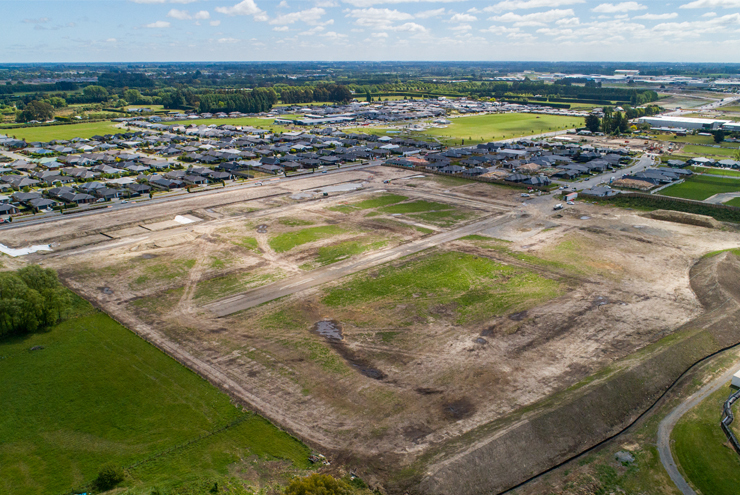By Anna Bensemann, Senior Planner Baseline Group Marlborough, Ph: 03 339 0401 E:info@blg.nz | Nov 22, 2023

Environmental planning legislation in New Zealand has witnessed substantial changes since 2020, with the introduction of multiple new components aimed at supporting and improving the Resource Management Act (RMA). Recently introduced National Policy Statements and National Environmental Standards have been designed to pave the way for new National and Built Environmental legislation that will replace the RMA.
However, with the change in government following the conclusion of the election process, it appears that some, if not all, of the recent legislation may be subject to revision, creating an air of uncertainty for both planners and landowners. The National Party has explicitly indicated their intention to overhaul the RMA reforms as part of their 100-day plan to realign New Zealand's environmental direction.
Among the recent legislative changes, a notable inclusion is the Essential Freshwater Package, which encompasses an updated National Policy Statement (NPS) and standards for freshwater, in addition to supplementary regulations. These provisions have been carefully crafted to enhance water quality and the sustainable management of water resources. This includes the implementation of farm environmental plans for properties spanning over 5 hectares, as well as specific requirements for the fencing of waterways and the responsible management of land within, or in, proximity to wetlands.
Further changes include the NPS on Urban Development, which mandates larger councils to expedite provisions for urban intensification, aiming to foster urban growth and address housing supply deficiencies. Many councils are currently engaged in parallel efforts to ensure the necessary infrastructure is in place to accommodate three dwellings per property.
In 2022, the adoption of the NPS for Highly Productive Land was a pivotal moment in preventing the fragmentation of rural land with high agricultural value. It serves as a strong deterrent against urban development encroaching on the peripheries of towns and cities, particularly areas boasting high-quality soils.
The most recent development is the adoption of the NPS for Indigenous Biodiversity. This mandates that all councils identify Significant Natural Areas (SNAs) within their jurisdictions. Verification by an ecologist is only required if a landowner disputes the mapping. SNAs have typically been excluded from many planning frameworks due to concerns over the potential burdens placed on property owners. However, as with many mapped areas, every additional layer of regulation typically results in restrictions on land use, necessitating expert input for resolution when contemplating development.
The added complexity of the legislation, coupled with the responsibility and costs associated with demonstrating the environmental impact of any development, rests on the shoulders of the resource consent applicant. This increases the costs associated with preparing an application and navigating the regulatory landscape.
The Natural and Built Environment Legislation has recently come into effect, and planners are just beginning to grapple with the intricacies of these new provisions and how they will shape the planning landscape. Repealing this work would essentially require a return to the drawing board for environmental legislation, presenting both challenges and opportunities. In the interim, planners and landowners must contend with the ongoing uncertainty in the regulatory environment
Articles you might be interested in
- What the New Planning System Will Mean for Future Developments
- Granny Flats are not lawful – Yet
- Key Fundamentals of Urban Design and how these are showcased in Rolleston
- Target Price Contracts: A Smarter Way for Developers to Avoid Budget Blowouts
- New RMA rules tighten hazard controls for urban development
- The enjoyment of private property rights
- How AI can shape our future?
- What are development contributions and how might they affect you?
- Granny Flats to Be Allowed, Without Consent: What Homeowners Need to Know
- Adapting to a Depreciating New Zealand Dollar (NZD)